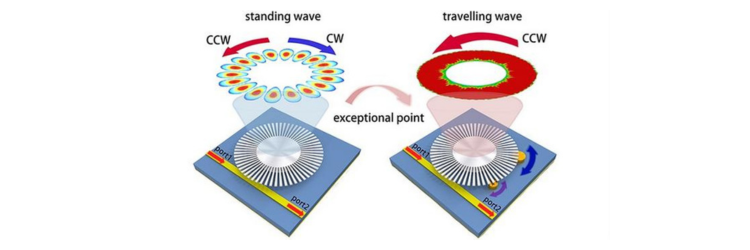
New Sensor Type Enhances Tiny Particle Detection
In sensor technology, non-Hermitian physics is now a crucial area of research, with new ways to manipulate light and enhance sensor sensitivity. A recent study published in Advanced Photonic Nexus describes a breakthrough that resulted in a new type of sensor that leverages exceptional points (EPs), achieving what they claim are unprecedented levels of sensitivity.
This study centers on a highly sensitive and reconfigurable sensor based on a single-spoof localized surface plasmon (LSP) resonator. There are unique spectral singularities where eigenvalues and their corresponding eigenvectors converge, significantly boosting the sensitivity of optical sensors.
Traditional EP-based sensors, such as whispering gallery mode (WGM) microtoroids face limitations as EPs are fixed after fabrication, which makes precise adjustments challenging. They also often operate within a narrow frequency range, struggling to detect very small particles due to constraints in perturbation strength and excitation efficiency.
The new design incorporates spoof LSP resonators that simulate the behavior of localized surface plasmons and provide flexibility. Suspended above a microstrip line and paired with two movable Rayleigh scatterers, the arrangement allows for dynamic reconfiguration of EP states across a wide frequency range. Sensors are more robust to fabrication imperfections and capable of detecting extremely small particles.
Key features of the new sensor include reconfigurability, enhanced perturbation strength, and multipolar mode excitation, the combination of which is an important leap forward in detecting particles as small as 0.001 times the wavelength of light and opening new possibilities for applications in scientific research.
